

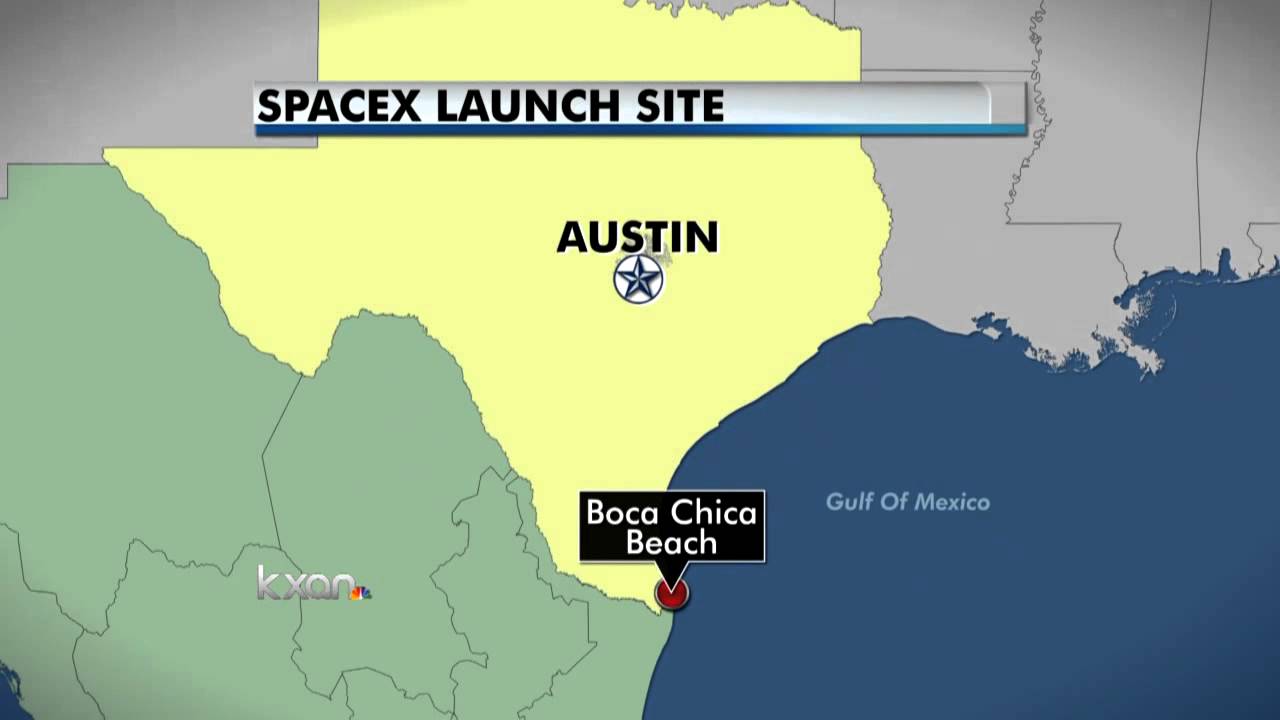
Elon Musk, the CEO of SpaceX and Tesla, has announced that the company's rocket launch site in South Texas will now be known as Starbase, an official city. The announcement was made on social media platform X and was followed by a letter sent to local officials requesting an election to incorporate the area. If approved, Starbase would become the newest city in Texas's Rio Grande Valley. This move comes after Musk relocated his personal residence and the headquarters of two of his companies from California to Texas in 2021. Despite facing criticism, Starbase has been an important location for SpaceX's operations, with over 3,400 employees and contractors working on the development and testing of Starship rockets for future missions to the Moon and Mars.
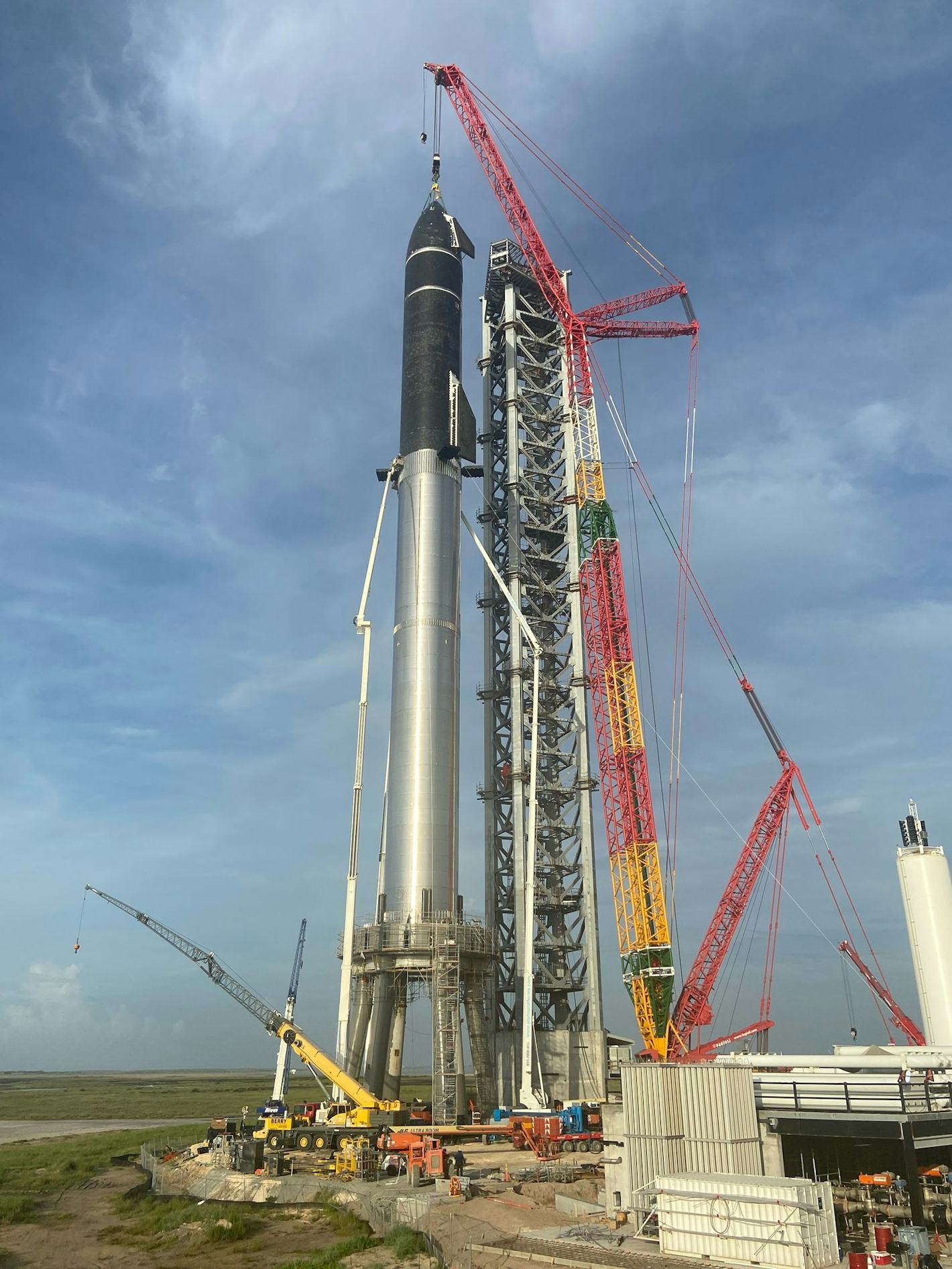
SpaceX's groundbreaking Starship rocket launched on Tuesday, showcasing significant progress in Elon Musk's ambitious plans for interplanetary travel. Despite an unexpected mishap with its booster, the spacecraft successfully demonstrated its spaceflight capabilities, reigniting its engine and orbiting Earth before splashing down in the Indian Ocean. President-elect Donald Trump's attendance at the launch highlights the potential for a strong partnership between Musk and the new administration, with implications for SpaceX's future endeavors.
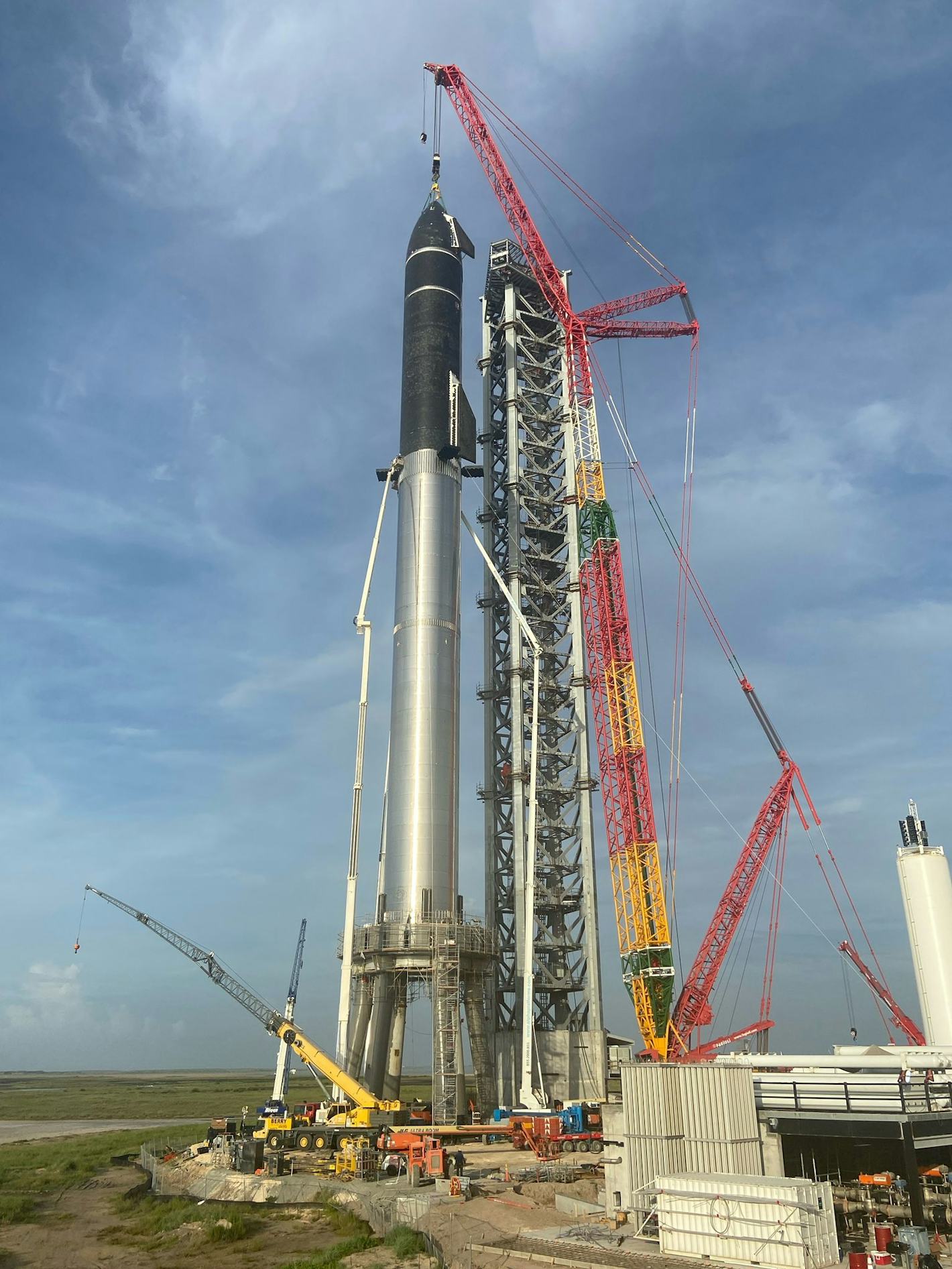
SpaceX has announced the date for its sixth Starship test flight, aiming to advance the spacecraft's capabilities. The flight will feature the Starship megarocket, consisting of two components - the Super Heavy booster and the Starship spacecraft. Improvements have been made for enhanced reliability and viewers can watch the live simulcast on Space.com. The suborbital trajectory will include in-space burns, heat shield experiments, and re-entry tests before splashing down in the Indian Ocean. SpaceX is confident that continued testing and refining will bring the Starship system closer to achieving full rapid reusability.
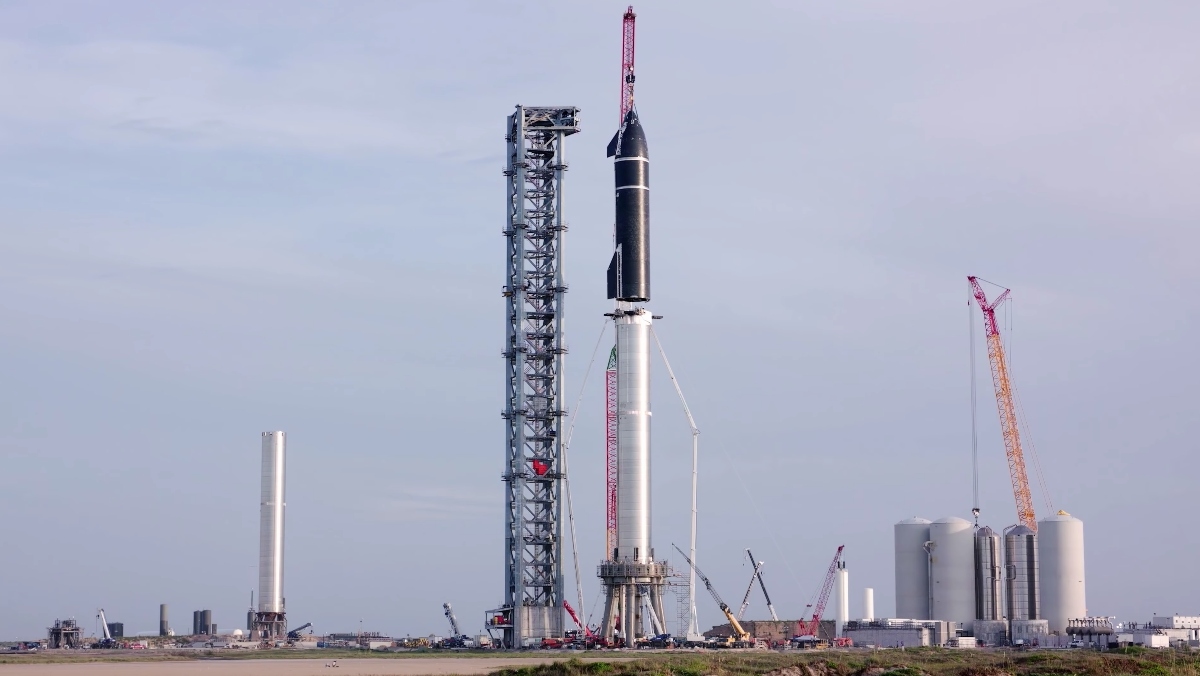
President-elect Donald Trump visited SpaceX's Starbase site in South Texas today to witness the launch of the massive Starship rocket, which was co-designed and developed by Elon Musk's company. This marks a strengthening of the bond between Trump and Musk, with the latter being appointed to co-lead the new "Department of Government Efficiency" by the president-elect. Ahead of the launch, Trump took to social media to wish good luck to Musk and the team involved in the incredible project.
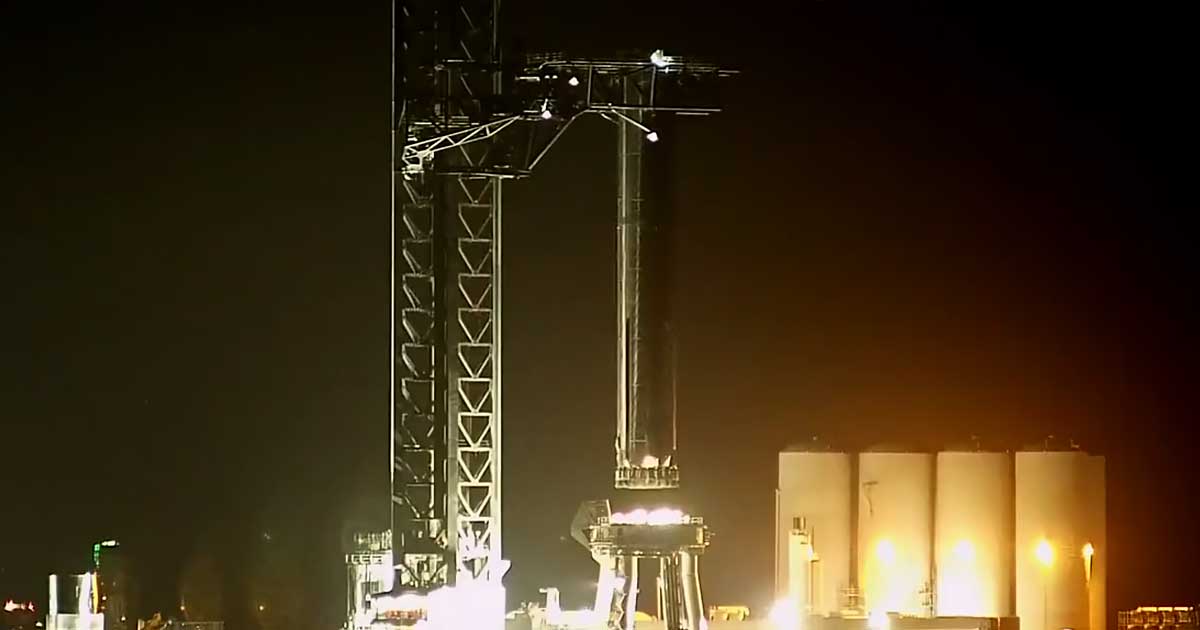
In a major achievement for Elon Musk's company, SpaceX successfully caught the first stage booster of its Starship rocket system using giant robotic arms. Starship, which is designed to revolutionize space travel, is the tallest rocket ever built at 120m. During Sunday's test launch, the booster was caught by the robotic arms named "Mechazilla" on its descent, while the Starship spacecraft continued its journey to orbit before landing in the Indian Ocean.
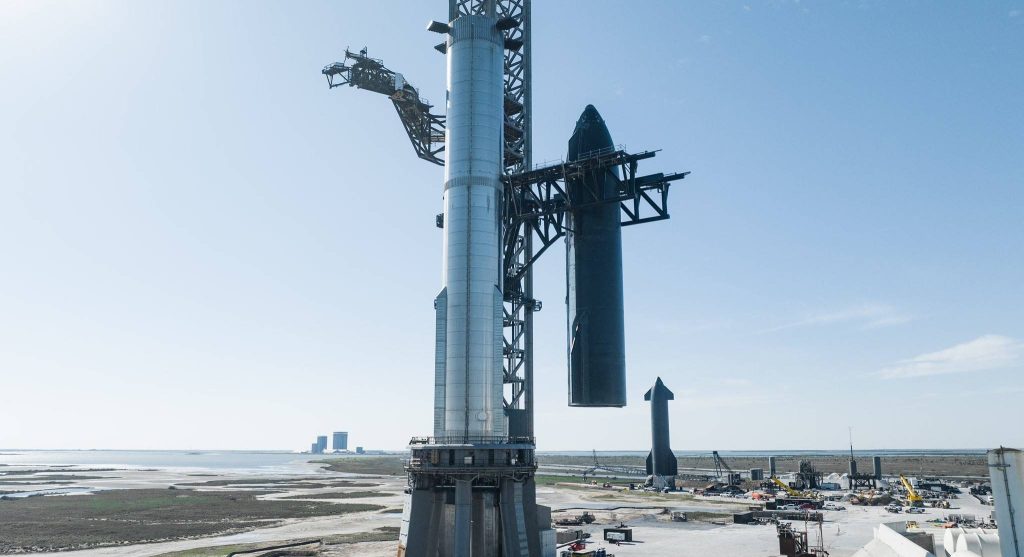
SpaceX is pushing boundaries yet again, as the innovative company plans to attempt a mid-air catch of its Starship mega rocket during its next launch. This impressive feat would allow for the rocket to be reused for future missions, ultimately leading to cost savings. However, SpaceX is facing pushback from the Federal Aviation Administration (FAA), who claims the company did not meet all requirements for its previous launches and is proposing steep penalties.
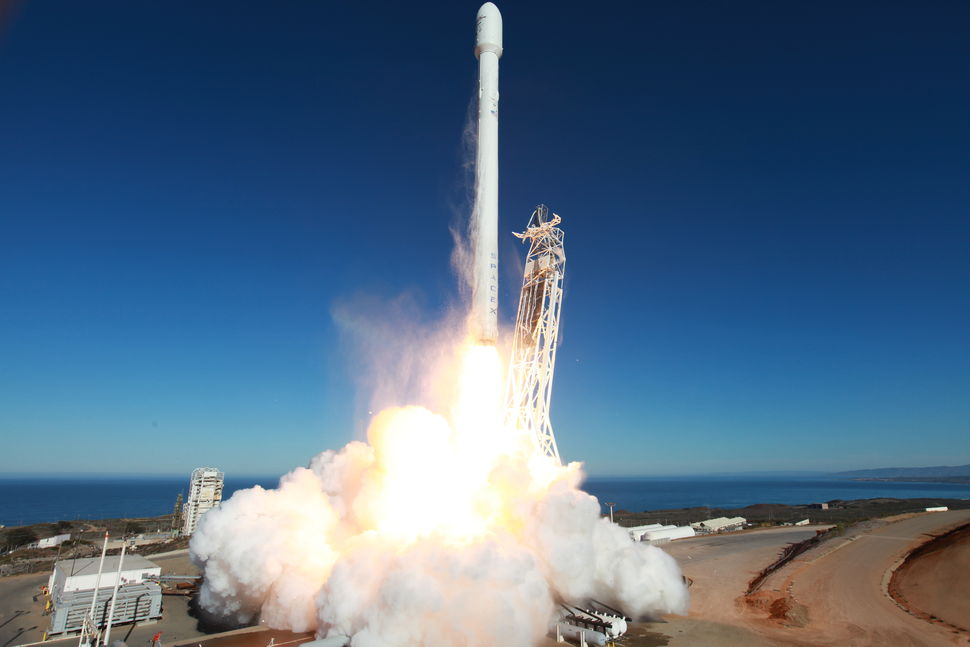
In a historic feat, SpaceX successfully caught its Falcon Heavy booster mid-air using giant mechanical arms after its test flight in Texas. This accomplishment, spearheaded by CEO Elon Musk, marks a crucial step in the company's goal of reusing rockets and cutting costs. With future Starship launches planned for the Space Coast, this revolutionary booster recovery will play a key role in ensuring public safety and advancing the space industry towards the future.
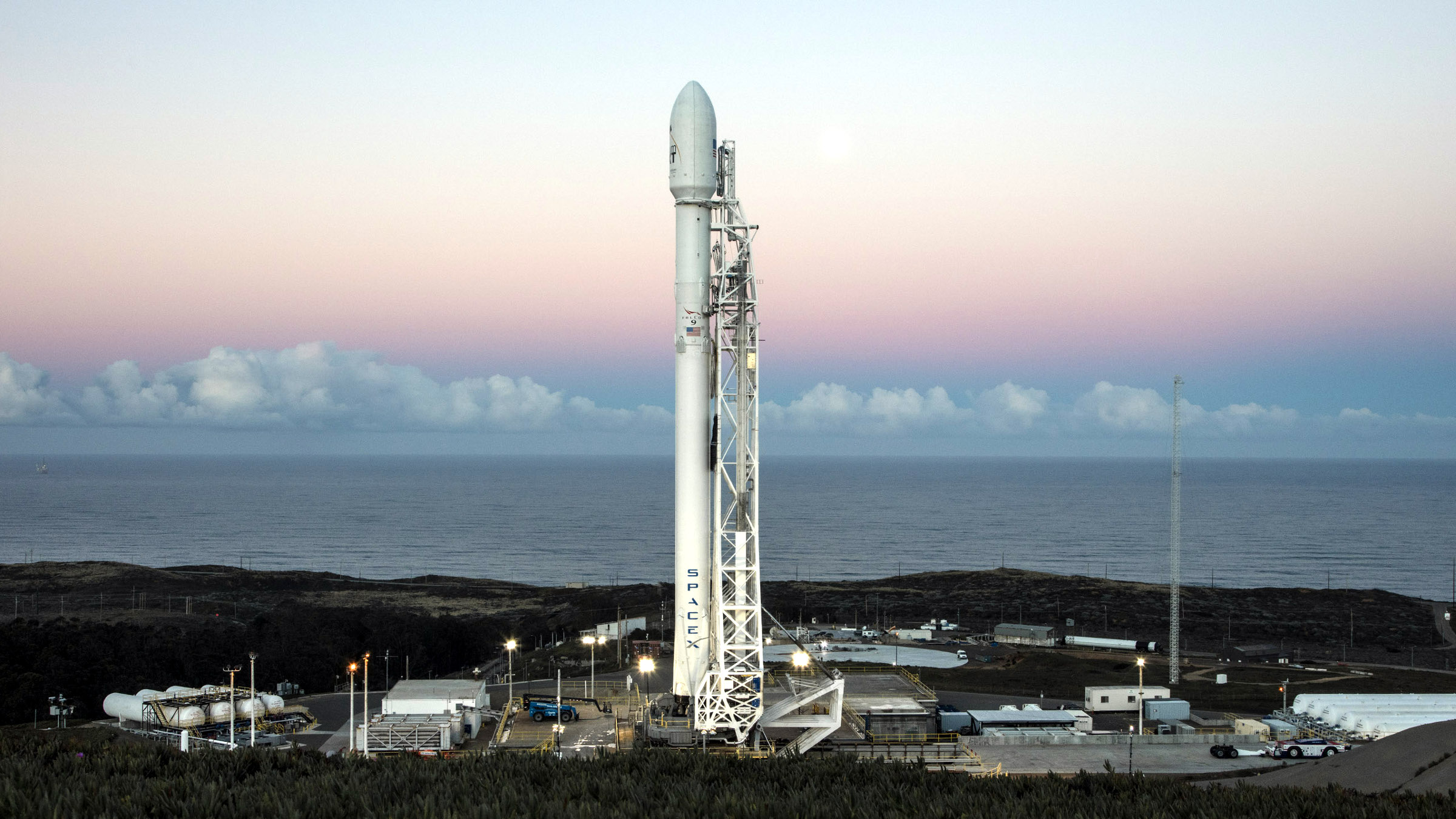
Following the successful completion of a test that saw part of SpaceX's Starship return to its launch pad, the company's goal of creating a fully reusable and quickly deployable rocket has taken a major leap forward. BBC's science correspondent, Pallab Ghosh, delves into the technical challenges of this feat and addresses concerns about the environmental impact of such a rocket. This development comes after a public dispute between Elon Musk and the Federal Aviation Administration over permits and environmental concerns.

In a groundbreaking achievement, Elon Musk's SpaceX made history on Sunday (13 October) as they successfully caught the first-stage booster of their Starship rocket with the launch tower's large mechanical "chopsticks" in Texas. This marks a world-first in the pursuit of rapid reusability for the company, as the booster completed its flight and returned in a controlled manner to the launch pad. SpaceX founder Musk described the moment as "a day for the engineering history books."

SpaceX achieved a major breakthrough in its long-term space ambitions with the successful launch of the latest Starship test flight, featuring a Super Heavy booster and the uncrewed spacecraft. The launch window allowed for a 30-minute period for liftoff, with the booster successfully caught midair by massive metal arms. While the upper spacecraft was not recovered for this mission, SpaceX plans to eventually reuse both the booster and spacecraft as part of its strategy to significantly reduce costs and time for transporting cargo and crew to orbit and deep space. This latest flight marks progress and challenges for SpaceX's reusable technology, with previous attempts showcasing both explosions and survival through re-entry into Earth's atmosphere.